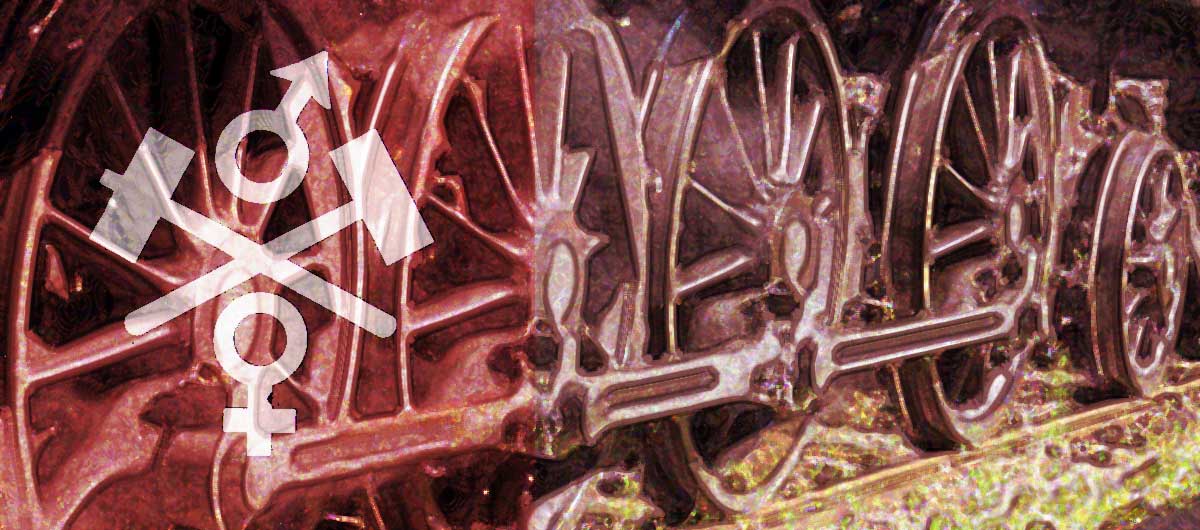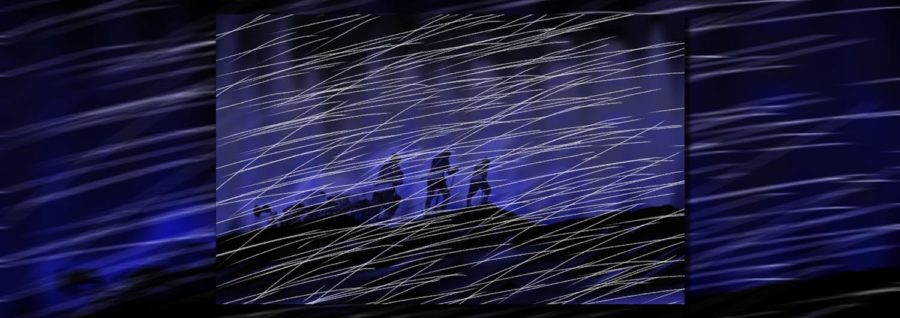On Sunday the Bergslagernas Järnvägssällskap ran a special train out to Gothenburg’s container port and back. Mrs SC and I travelled with it. I took my camera. Here are some of the more successful photos.
Note, the title of this piece was created using a couple of on-line blog title generators. This is one of the least crappy, but my SEO promises me it will attract masses of new traffic! So, welcome everyone who opened this just because of the title. I hope you’ll scroll through the pictures even so. Explore the site further. Maybe come back again.
🙂
The Mountain Beaters’ Heritage Rail Club
It seems there was once a private railway company called Bergslags Järnväg that connected the port of Gothenburg with the mining district around Falun to the north of Stockholm. The district round Falun is still known as Bergslagen. It’s the land where Mountains (berg) are Beaten (slagen). Because that’s how you get copper, silver and iron; you beat it out of the mountains where it hides. To get the ore to the ports, a railway was necessary. Hence Bergslags Järnväg.
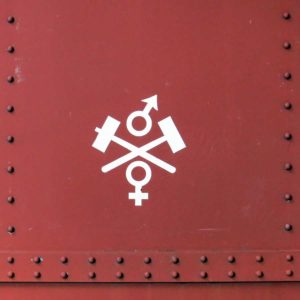
Bergslags Järnväg (BJ) marked their rolling stock with a sign combining the crossed hammers of the mountain beaters with the male and female symbols. Not because the mountain beaters identified as both. No. (Though they may have, for all I know.) The real reason is because these are the alchemical symbols for iron and copper respectively.
The age of steam has passed (also the age of the Bergslags Järnväg), but the romance of steam still has its enthusiasts. And (I suspect) steampunk has given steam train nerds a necessary transfusion of young blood. Now here in Gothenburg the Mountain Beaters’ Railway Club (aka Bergslagernas Järnvägssällskap) own and maintain heritage BJ steam trains and rolling stock. And now and again they get up steam and take a train out for a spin.
Thus it was on Sunday last.
Locomotive E2 1333

The locomotive was E2 1333. According to the club’s papers I have in front of me, this engine was built in Falun in 1917. It survived the end of the Steam Age thanks to being classified as a national reserve. To be called on in case of war. The reserve was wound down in 1992. That was when the club was able to buy it.
E2 1333 – for the benefit of the enthusiasts who want to know – is a 2-8-0 loco. The wheel train is represented in the header image at the top of this post. (Is “wheel train” the right technical term? It’s what you call a set of cogwheels in clocks. Perhaps “drive wheels” would be better?)
Practicing social distancing as we all try to do here, the number of tickets was strictly limited. In previous years, the heritage trains have been well-filled. This year we all had room to spread ourselves. Mrs SC and I had a whole compartment to ourselves in carriage ABo1 12. This meant that I could happily try out reflection shots without either catching strangers in frame or irritating the hell out of my fellow passengers. (Bar one.)

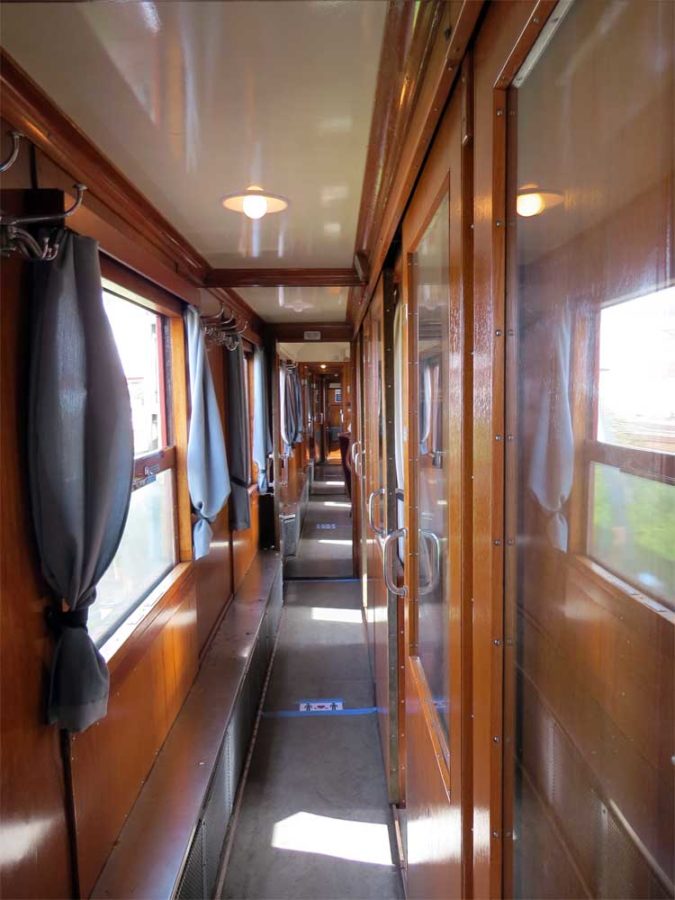
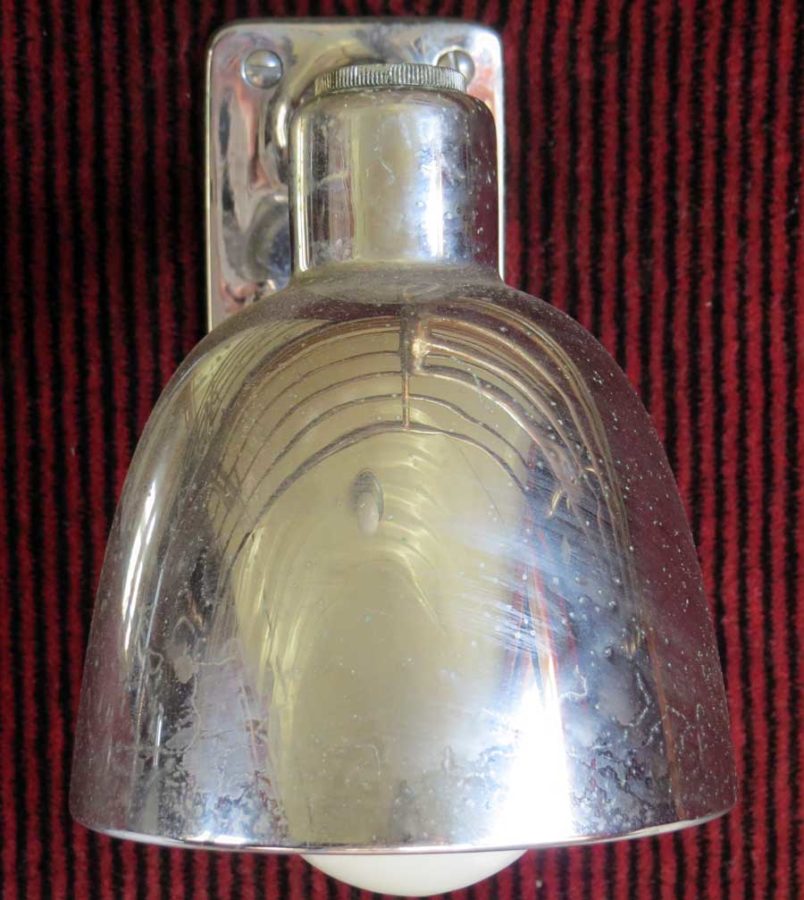
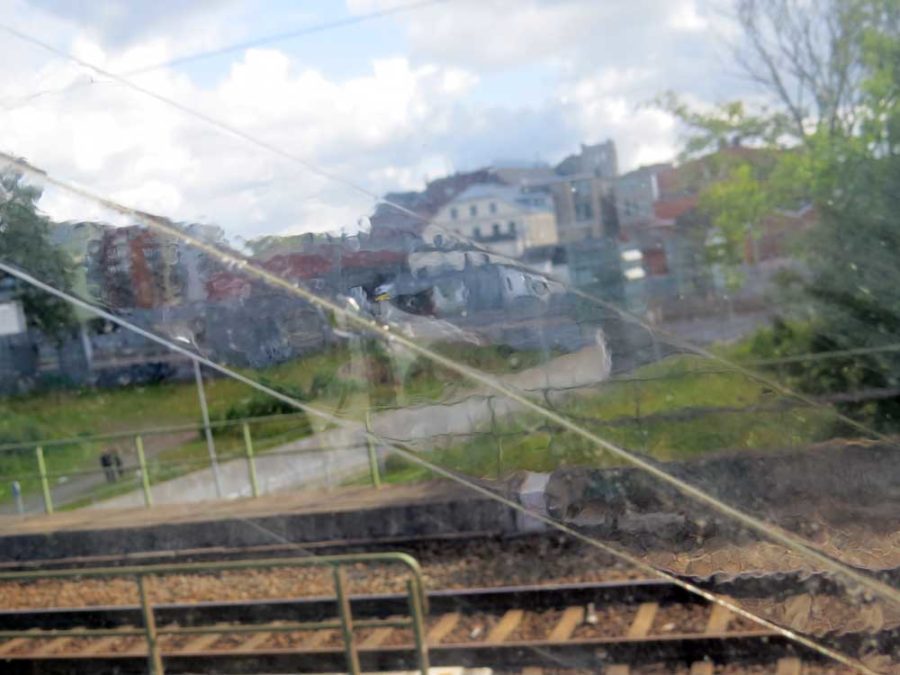
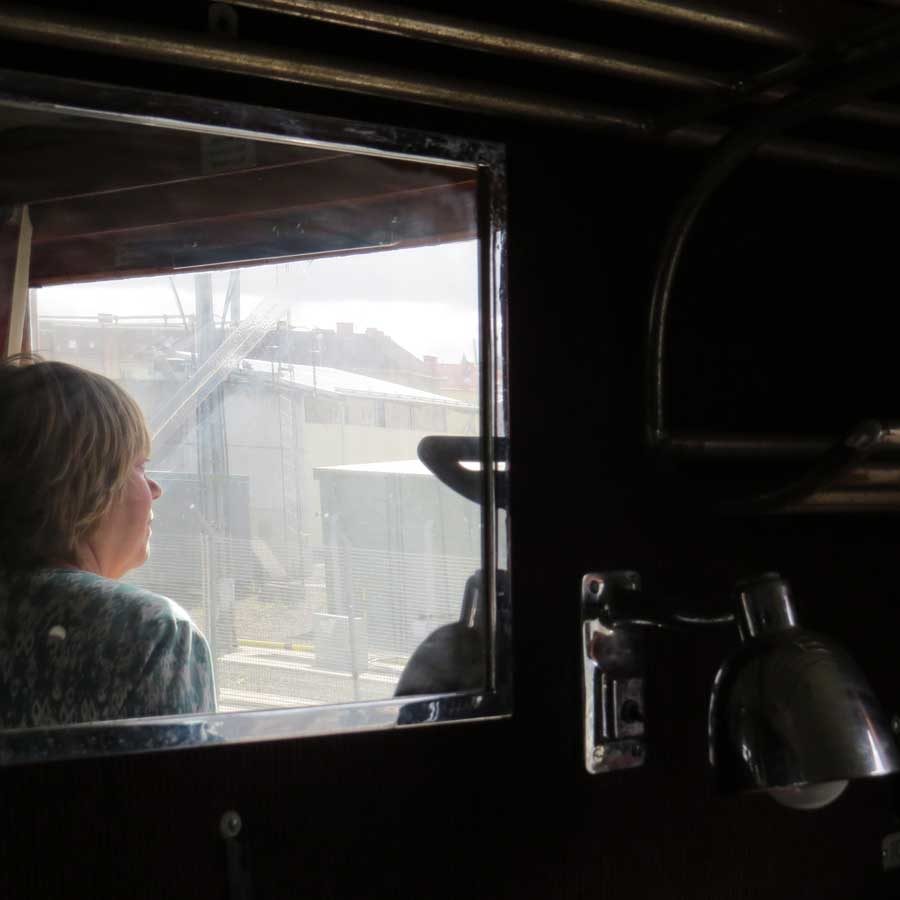
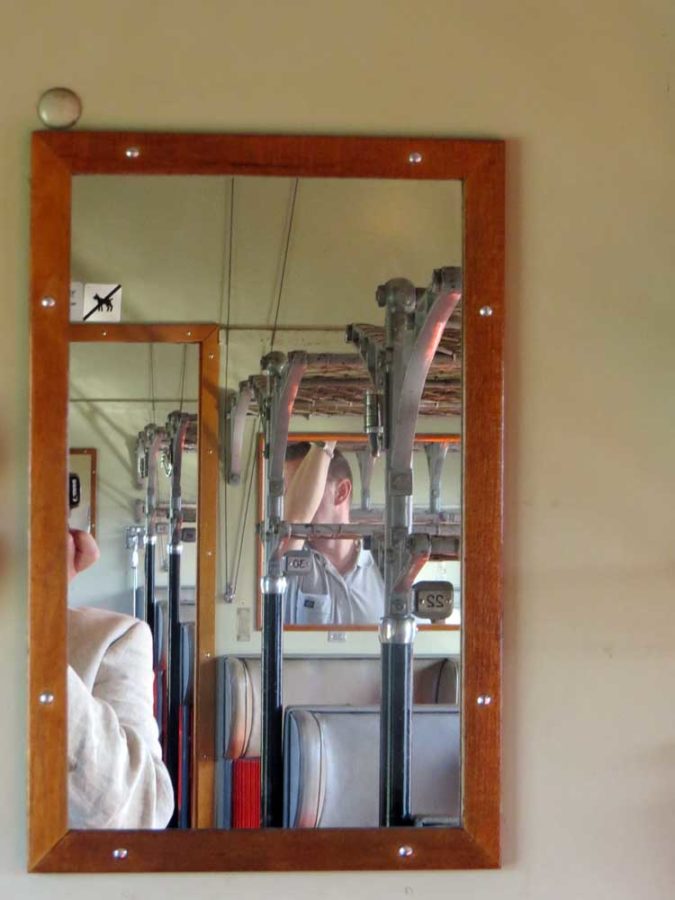
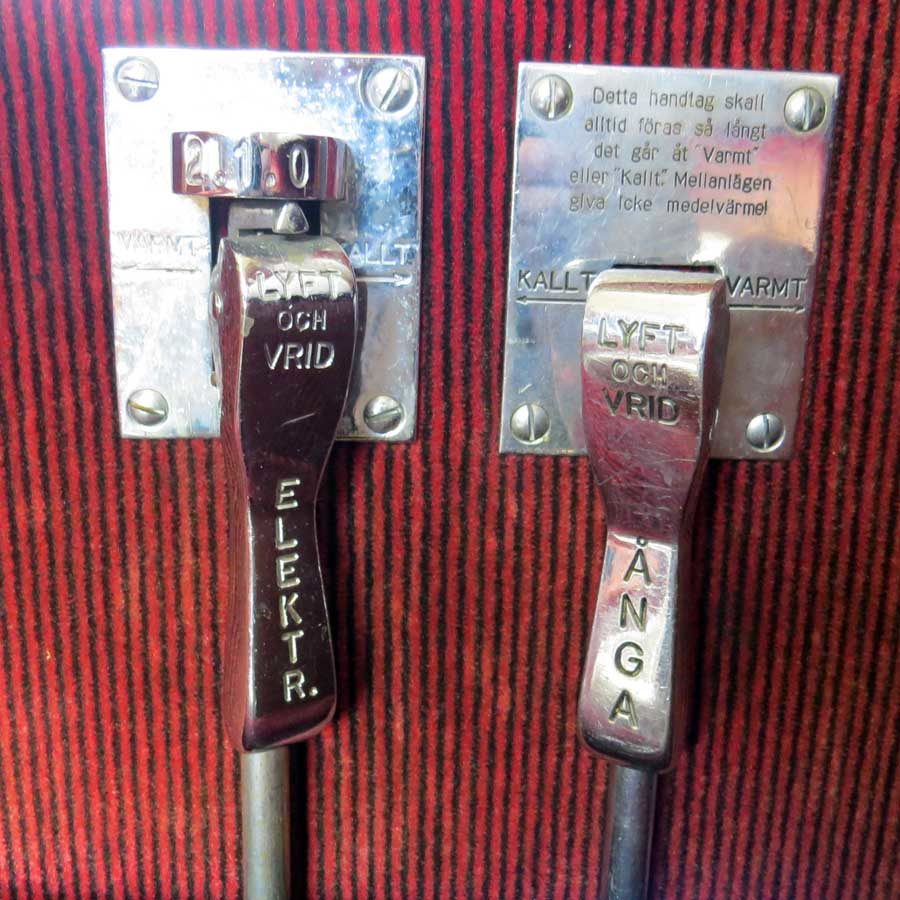

Redolent
Mrs SC and I agreed the carriage was redolent of train journeys from our youth. There’s something about the upholstery in carriages from the steam age. It seems to hold on to the smell of dust and coal smoke, damp and steam. And the seats are well-upholstered. The seating in modern trains doesn’t come close. Like the softest, most yielding mattress to cradle you on your long journey and rock you to sleep in the night.
Not that there was any rocking to sleep on Sunday. The journey was far too short, and too interesting. It’s not often that private passengers get to travel on the rail lines across the river and out to the Arendal and Älvsborg harbours.
First, though, we steamed through the industrial transport knot at Marieholm and over the Säve stream, before crossing the river on the rail bridge and swinging west. Now on the industrial track to the harbours, it was interesting to see (though difficult to photograph) the works near Eriksberg to widen the passage for a double track. Beyond, we passed the oil terminal and sewage processing plant at Rya forest and the refinery, finally reaching the container port.
That’s where they uncoupled the locomotive and brought it around to the front of the train. Then we set off on the return.
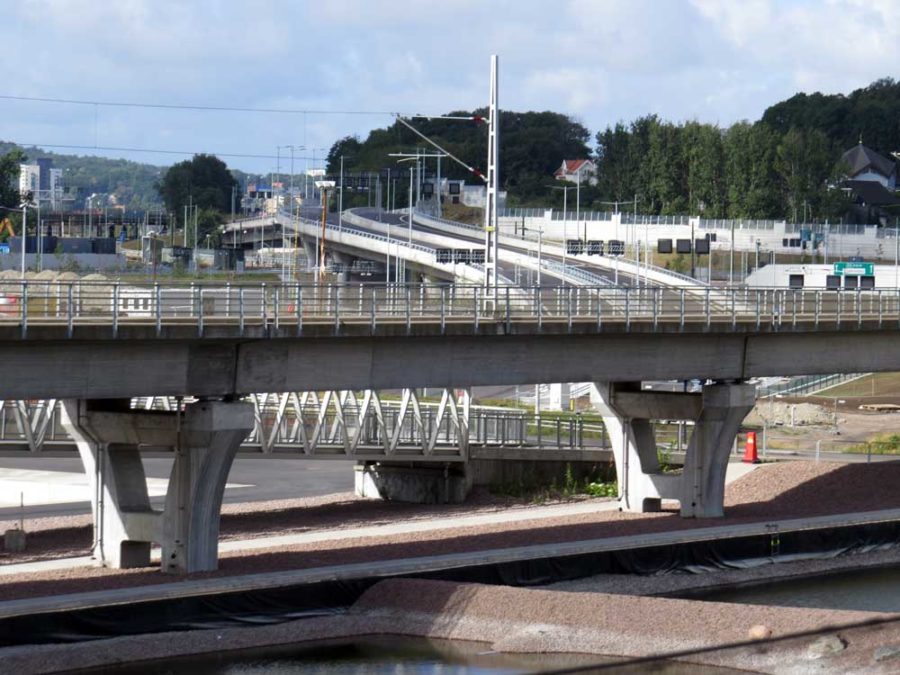


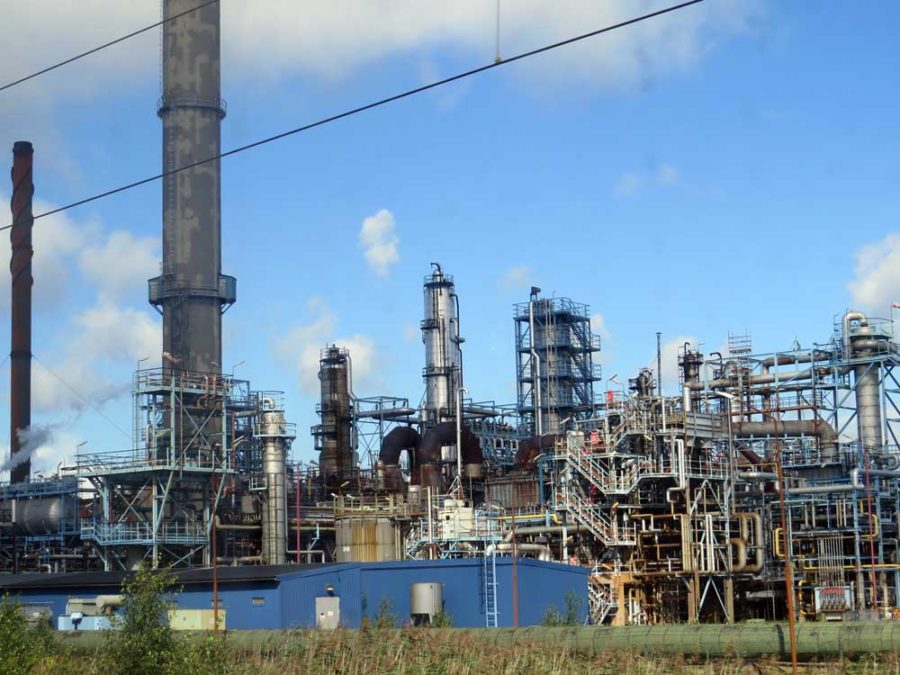
The end of the journey
Leaving the train at the central station, lots of passengers gathered around the locomotive and took their best shots. I went around the other side, where nobody was standing and the light was better, and took this picture.

It was a fine way to spend a Sunday morning and my thanks go to everyone at the Mountain Beaters’ Heritage Railway Club for their work in maintaining the rolling stock and organising these great little outings.

